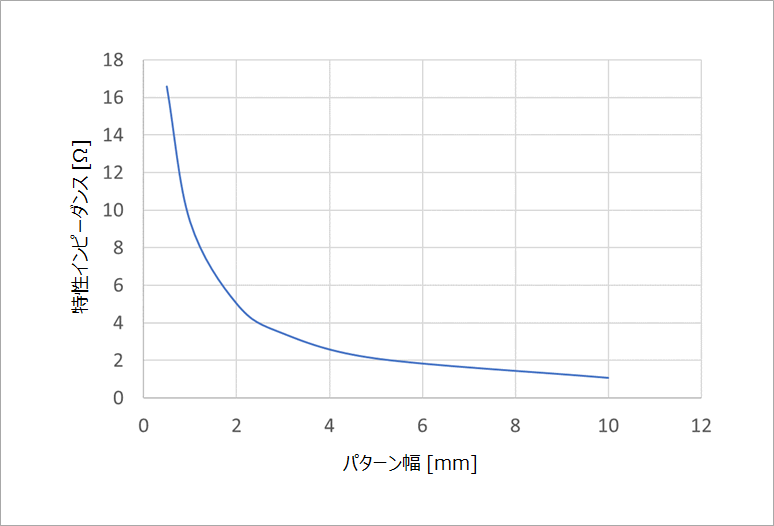bypass capacitor
A bypass capacitor for the power supply is connected to the IC mounted on the printed wiring board (board). By the way, the pass capacitor is in Japanese. In English, it is called Bypass Capacitor. By the way, until the beginning of the 20th century, the word "capacitor" was also used as "condenser", but today it is usually called "capacitor" in the English-speaking world.
However, here we will use the well-established Japanese term "paskon".
Role of bypass capacitor
Needless to say, it is the elimination of power supply noise. Noise sources are caused by changes in power supply current.
The relationship between the current i and the capacitor C and its terminal voltage v is
Cv=∫idt
is represented by The left side of the above equation is the product of the capacitance and voltage of the capacitor, and the right side is the integral of the current, both of which are electric charges.
Noise appears as a voltage. It is v in the above formula. Since v and C are inversely proportional, we can see that choosing a large C reduces the noise voltage v. Therefore, first, a capacitor (bypass capacitor) with a relatively large capacity is required.
Series Resonance and Parallel Resonance of Decaps
See Resonance of power supply capacitors.
A decap is a resistor and an inductor connected in series with an ideal capacitor. Resonance due to series connection of RLCs is series resonance, where the series impedance is minimum at the resonance point and the inductor dominates at frequencies above the resonance point. Using a large-capacity capacitor lowers the resonance point, making it difficult to remove high-frequency noise. Therefore, connecting a capacitor with a small capacity in parallel with a capacitor with a large capacity raises the series resonance point, so it seems to work well.
However, parallel resonance occurs when multiple capacitors are connected in parallel. Therefore, more capacitors with different capacitance values are connected in parallel so that the parallel resonance points cancel each other out.
PDN tools
The number and capacity of multiple decaps mentioned above can be determined by the PDN tool. See Power Delivery Network (PDN) Analysis Tool.
The PDN tool allows the impedance of the power supply to be set below a certain value for a wide frequency band.
As a FAQ,
- The number obtained by the PDN tool is small, but is it okay?
- What is the effect of wiring length on decaps?
- What is the impact when the value decreases in the power/temperature characteristics of the bypass capacitor?
- Issues when isolating from other power sources
And so on.
The PDN tool finds the target impedance in the frequency band of interest. If the frequency band and target impedance are properly considered, the capacity and number of decaps obtained by the PDN tool are sufficient. Note that the target impedance is the allowable voltage change divided by the current change.
Wiring length to bypass capacitor
If the power is not directly connected to the power supply layer but is supplied to the IC via wiring from the layer, the impedance of this wiring must be considered. For example, if the pattern width is 1mm, the characteristic impedance will be about 10Ω. If the current change is 100mA, a long wire will generate 1V of noise, which is the product of the characteristic impedance and the current. In practice, since the trace length is short, it is proportional to the ratio of twice the trace propagation delay time τ (lowercase Greek letter tau), or 2τ, and the noise rise time tr. If the noise rise time is 500ps and the power supply pattern length is 5mm, then τ=35ps, so 35/500=70mV.
If the DC resistance is 1mm wide and 5mm long, it is about 3mΩ, so the change of 100mA is 0.3mV, which can be ignored compared to the voltage change due to the characteristic impedance. To reduce this noise, widen and shorten the trace width of the power supply. Widening the pattern width reduces the characteristic impedance. 2mm is 5Ω. Figure 1 shows an analysis example of characteristic impedance.

When the capacity of the bypass capacitor is insufficient
A decap is an image that accumulates enough charge to cover the sudden change in current. If the stored charge is sufficient, pumping it out a little will only reduce the charge by a small amount.
Ceramic capacitors have voltage dependence of capacitance depending on the material. This is due to the nonlinearity of the PE (polarization-electric field) characteristics of ferroelectrics. This is because the capacitance is proportional to dP/dE, and the slope flattens out as the voltage (that is, the electric field) increases. Also, the PE properties of ferroelectrics are often temperature dependent.
Noise (voltage) is inversely proportional to C, as described above. Note that in reality, ESR exists, so it is not perfectly proportional.
0.080uF increases noise by 25% compared to 0.1uF specification. Since we are talking about margins, how does a 25% increase in noise affect the operation of the FPGA? You'll have to look it up against your system's programs.
A typical example of malfunction due to power supply noise is an increase or decrease in timing when the signal changes.
An experimental method would be to deliberately add noise to the timing of signal changes, change the clock, and examine the malfunction rate. To superimpose noise on the power supply, use a pulse transformer or the like.
Separation from other power sources
In order to obtain a cleaner power supply, the power supply may be separated via a choke coil or the like. In particular, power supplies for O/E (Optical Electronic) conversion circuits and PLL circuits are often targeted. Since the choke coil has a high impedance, the low impedance of the power supply realized by the PDN tool is meaningless, resulting in a high power supply impedance. Therefore, again, it is necessary to connect multiple bypass capacitors to the separated power supply. In other words, apply the PDN tool again. Compared to the main power supply, the number and types of bypass capacitors are small, so it is especially necessary to check whether parallel resonance occurs at the sensitive frequencies of the target circuit.
Click here for recommended articles/materials
Power capacitor resonance
Power Delivery Network (PDN) Analysis Tool
Substrate Basic Knowledge Related Articles/Documents
======================================
What is Yuzo Usui's Specialist Column?
It is a series of columns that start from the basics of the basics, and include themes that you can't hear anymore, themes for beginners, and even a slightly advanced level, and describe them in as easy-to-understand terms as possible.
Maybe there are other themes that interest you!
Check out our other themed columns here.

